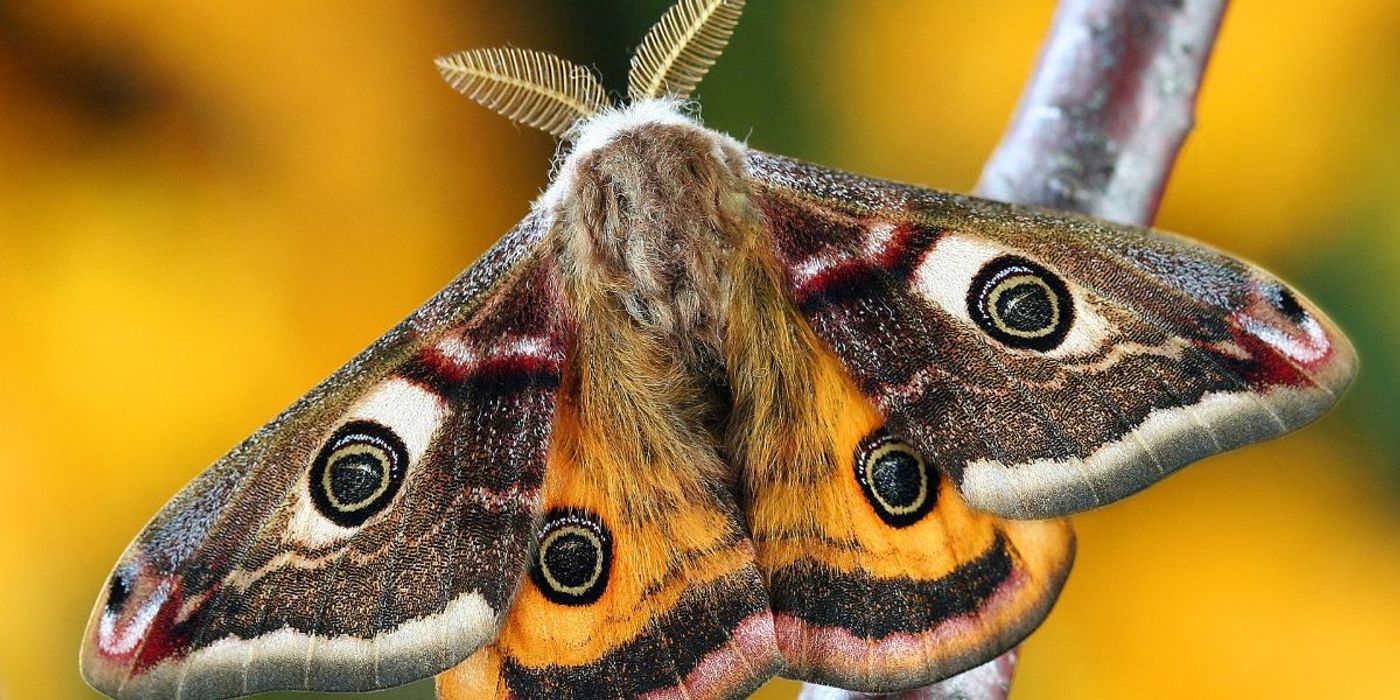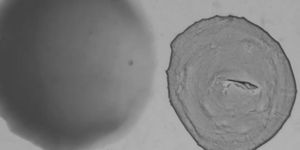Artificial Lighting Disrupts Pollinating Insects' Vision
Artificial lighting can affect the eyesight of moths that rely on night-time vision, such as the elephant hawkmoth. The research was published in Nature Communications by scientists from the University of Exeter in the UK.
Artificial lighting at night has increased rapidly worldwide. In the last 20 years, this lighting has changed from amber, low-pressure sodium streetlights to a diverse range of broad-spectrum alternatives, including LEDs. While these lights help humans distinguish colors better at night, how they affect animals has remained unknown.
For the study, the researchers chose to focus on the effects of different lighting on the nocturnal elephant hawkmoth. These moths are highly productive pollinators, accounting for similar levels of pollination as bees.
They also transport pollen further than their diurnal counterparts and pollinate wildflowers more effectively. Their low-light color vision allows them to locate flowers even under starlight, meaning much of their visual range would be subject to visible light pollution.
The scientists used animal vision modeling to figure out how over 20 different artificial light emission spectra affected the moths in carrying out visually-driven behaviors such as flower selection, communication, and anti-predator behavior. They also observed how different artificial lighting affects the birds that eat these moths.
Ultimately, the researchers found that the vision of elephant hawkmoths was affected differently by different kinds of lighting. Some enhanced their vision, while others disrupted it. Meanwhile, they found that the birds’ vision improved under almost every light condition.
"Artificial lights designed for human vision lack the blue and ultraviolet ranges that are key to moth color vision, and under many conditions will block the moth's ability to see any colors at all,” says Dr Jolyon Troscianko, one of the authors of the study, "This could make it more difficult for them to find and pollinate wildflowers, and for them to find suitable spots to camouflage them from predators.”
The researchers also found that phosphor-converted amber LED lighting has unpredictable effects on insect vision depending on how far they are from the light source and the colors they view. This is contrary to conventional wisdom suggesting that these lights are less harmful to nocturnal insects.
“The diversity of impacts of artificial lighting on hawkmoth visual ecology alone argues for a nuanced approach to outdoor lighting in environmentally sensitive areas, employing intensities and spectra designed to limit those effects of most significant concern.” write the researchers in their paper.
Sources: Nature Communications, Science Daily









